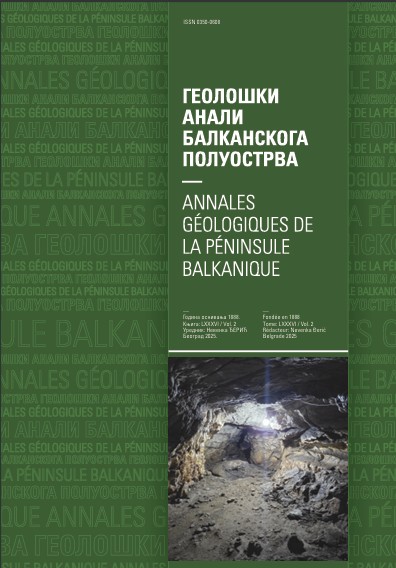Assessment of the discharge regime and water budget of Belo Vrelo (source of the Tolišnica River, central Serbia)
Abstract
A sufficiently long spring discharge regime monitoring data set allows for a large number of analyses, to better understand the process of transformation of precipitation into a discharge hydrograph. It is also possible to determine dynamic groundwater volumes in a karst spring catchment area, the water budget equation parameters and the like. It should be noted that a sufficiently long data set is deemed to be a continuous spring discharge time series of more than 30 years. Such time series are rare in Serbia. They are generally much shorter (less than 15 years), and the respective catchment areas therefore fall into the “ungauged” category. In order to extend existing karst spring discharge time series, we developed a model whose outputs, apart from mean monthly spring discharges, include daily real evapotranspiration rates, catchment size and dynamic volume variation during the analytical period. So far the model has solely been used to assess the discharge regime and water budget of karst springs. The present paper aims to demonstrate that the model also yields good results in the case of springs that drain aquifers developed in marbles. Belo Vrelo (“White Spring”, source of the Tolišnica River), which drains marbles and marbleized limestones and dolomites of Čemerno Mountain, was selected for the present case study.
Copyright (c) 2022 Geološki anali Balkanskoga poluostrva

This work is licensed under a Creative Commons Attribution 4.0 International License.










